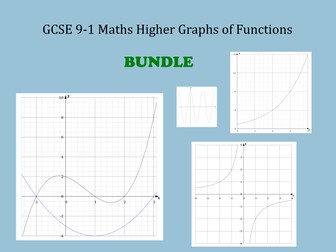
GCSE 9-1 Maths exam style questions on problem-solving with ratio and percentages
A lesson developed to help students with the challenging problem solving questions in the non-calculator exam. Each question has the associated grade marked next to it, ranging from grade 4 to grade 8.
This resource consists of:
1. PowerPoint presentation with 8 exam style questions with step-by-step worked solutions. Available with white background or apple green background for those with Irlen Syndrome or dyslexia.
2. Two additional exam-style questions worth 4 marks each in a Word document.
3. Mark scheme for questions in exam style.
Reviews are really appreciated, so please take the time to rate and comment on the resource. Thank you!
